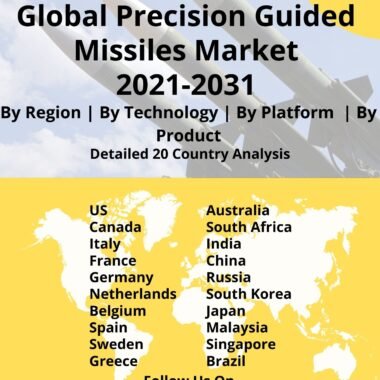Description
Global Defense Helicopter Engines Market
Frequently Asked Questions of Defense Helicopter Engines Market
Defense helicopters are constantly being upgraded with new technology to improve their performance and capabilities. For example, the AH-64 Apache has been upgraded with the Longbow Fire Control Radar, which allows it to fire Hellfire missiles at targets beyond visual range. The UH-60 Black Hawk has been upgraded with the Enhanced Navigation and Tactical Information System (ENTIS), which provides it with improved situational awareness and navigation capabilities.
The development of new defense helicopters is a continuous process. As the demands of military operations evolve, so too do the requirements for helicopter. Helicopter manufacturers are constantly working to develop new technologies that can improve the performance and capabilities of defense helicopters.
Helicopters are essential assets for military forces around the world. They are used for a variety of missions, including troop transport, air assault, search and rescue, and medical evacuation. The performance of a helicopter is largely determined by its engine.
Helicopter engines are also typically equipped with features such as hot-start capability and anti-icing systems to ensure that they can operate in a variety of conditions. The main difference between a helicopter engine and an airplane engine is that the helicopter engine needs to be able to rotate in both directions. This is because the helicopter rotor blades need to be able to change pitch in order to create lift and thrust.
Helicopter engines are typically classified as either piston engines or turboshaft engines. Piston engines are the most common type of helicopter engine, and they are used in smaller helicopters. Turboshaft engines are more powerful than piston engines, and they are used in larger helicopters.
Defense helicopter engines market size are designed to provide high power and reliability in demanding military environments. They must be able to operate in a variety of conditions, including high altitudes, hot temperatures, and dusty environments. Defense helicopter engines market report are also typically equipped with features such as hot-start capability and anti-icing systems to ensure that they can operate in a variety of conditions. Defense helicopter engines are all designed to provide high power and reliability in demanding military environments. They are also typically equipped with features such as hot-start capability and anti-icing systems to ensure that they can operate in a variety of conditions.
Gas turbine engines are the most common type of engine used in military helicopters. They are more powerful than piston engines and can operate in a wider range of conditions. Gas turbine engines are also more reliable than piston engines and require less maintenance. Gas turbine engines are more powerful than piston engines, which gives military helicopters greater lift and thrust. This is important for military helicopters, as they often need to carry heavy loads or operate in high altitudes. Gas turbine engines require less maintenance than piston engines. This is because gas turbine engines are simpler in design and have fewer moving parts. This is important for military helicopters, as they often need to be deployed quickly and efficiently.
Major factors driving Defense Helicopter Engines Market Growth
The Defense helicopter engines market growth is driven by the increasing demand for military helicopters, the need for more powerful and reliable engines, and the rising focus on developing new technologies for defense helicopter engines.
Trends influencing the Defense Helicopter Engines Market Size
North America is expected to dominate the market during the forecast period. This is due to the large demand for defense helicopter engines market forecast from the U.S. military.
Defense Helicopter Engines Market Forecast & Dynamics
The defense helicopter engines market analysis is a dynamic and growing market. The market is expected to continue to grow in the coming years due to the increasing demand for military helicopters, the need for more powerful and reliable engines, and the rising focus on developing new technologies for defense helicopter engines.
Defense Helicopter Engines Market Analysis for Recent Developments
The Mi-26 helicopter will be outfitted with a new, more powerful PD-8V engine.The Lotarev D-136 engine has a maximum thrust of 137 kN [30,800 lbf]. The engine is a turbofan, which means it generates thrust by combining a gas turbine engine and a fan. The Lotarev D-136 engine is particularly well-known for its longevity and dependability. The new PD-8V engine for the Mi-26 will be 15% more powerful, feature a digital control system, and be extremely fuel efficient.
Safran and MTU have decided to work together to create a new European helicopter engine in anticipation of funding from the European Defense Fund. Both partners claim to be persuaded that in order to power new military helicopter designs that are expected to enter service by 2040, European armed services require a new 100% European engine with design maturity and economical operating and maintenance expenses. ENGRT is a research and development initiative supported by the European Defence Fund that aims to develop Europe’s military rotorcraft of the future. The project, which is expected to result in a military helicopter entering service by 2040, was given Airbus Helicopters as its coordinator in June 2022.
Key Companies




